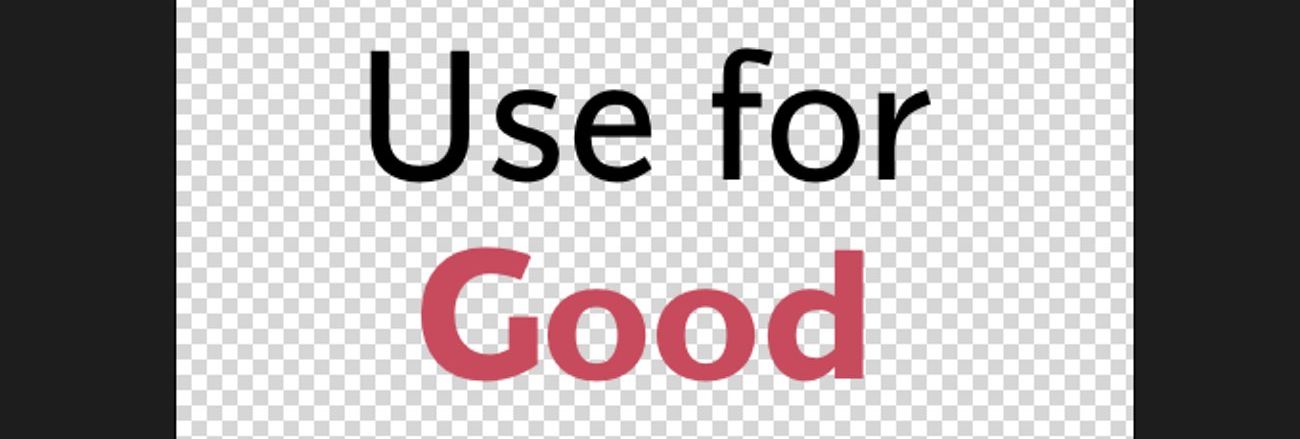As I have begun to study and implement behavior change models for clients, one of the major levers I have tried to pull is the lever of transparency. This is almost a prerequisite to any type of change, and it is something that people seem to inherently fear. I am working with a number of different clients to try to unlock the power of transparency, and to use it, not to punish, but to elevate.
For several years, I have been working with ASHE, AHE, and AHRMM to develop their Sustainability Roadmap for Healthcare, including the Energy to Care platform. The latter couples the power of “Join the Club” with free on-line analytics, with awards, and with the fun and excitement of competition to try drive behavior. But, fear of transparency holds back many people. We have gone out of our way to protect the confidentiality of the energy consumption data for those who want it, in order to encourage people to join. And yet still, some people, usually those with lower performance, are scared.
I was really puzzled about this fear of transparency. After all, the ACA forces us to be transparent about pricing and quality of healthcare; how on earth could we be worried about how much energy we consume? But, during a recent conversation with Dale Woodin, of the AHA, he told me of the great fear among many facility operators–if their leaders find they are performing poorly, the leaders will replace them with an out-sourced company, thinking they can’t perform their jobs well enough. Now, I get it. And so, of course, we remain zealous about protecting the data of the people in the Energy to Care program until the members are ready share it. (We also try to remind them that, if they are at the bottom, it is much easier to improve than if they are at the top, and so, being at the bottom is an advantage.) But still, some people are afraid.
I recently bumped into the same issue in a different guise. I am working with a large Southeastern healthcare organization to help them plan their five-year energy strategy, including implementing behavior modifications. Again, one lever this group has already pulled is that of transparency. And, they have done it with, I think, brilliance. The great fear, of course, is that transparency will result in punishment for poor performance. (We actually discussed a metering strategy that was rejected by the clinical users for fear of not knowing what exactly was being measured and fear of having their own performance being measured along a new continuum). This particular organization has been careful not to punish those with low results. But now, we are talking about how to take a major next step.
You see, in this organization, and probably in every organization, there are strong performers and less strong performers. And, generally speaking, the strong performers usually focus on continuous improvement, getting their systems better and better. This client, though, has been trying to implement a “bright lights” strategy, albeit informally. They are trying to bubble up ideas from the bright lights in their system to inspire the others. But now, I am thinking of recommending they consider being more forceful about implementing this strategy. I think they need to redefine continuous improvement for the operators who are already doing well. Not only do we want them to keep getting better, but also, we want them to mentor their less well-performing colleagues, so that they can get better too.
People in power have the ability to wield transparency of results in two ways. We can use transparency to punish those who are not doing well. This is the easy way. And this is the way that leads to fear and hiding. Look, I’m the CEO for an engineering company, I see this problem lived out every day – there is a great temptation for those who are successful to point to the others and say, “You are doing poorly and need to be punished.” But doing this does little to make the poor performers get better; rather, it makes them want to hide even deeper and creates a sense of mistrust.
But the other way to use transparency is as a call for help. Those folks are not doing as well as their peers; lets help them to do better. This is much harder to do for a huge number of reasons. Sometimes, the less well-performing folks are simply not capable of performing well, and then, adjustments might be necessary. But, mostly, they are capable when they are unleashed to do so. I see it happen every day in healthcare organizations I work with–when people who start with very low energy star scores “get to work” once they see they can and that somebody cares. I see this in my organization every day. Sometimes, I have to tell a person they are not doing well, and that person blames everyone else. Other times, the person says okay, I will work harder next year, and they do, and they excel. I am observing this hospital organization try to help those who are not performing well. They are struggling to find the best way to do it. But to their great credit, they are willing and eager to try. They are an inspiration to me, and, as a leader of my own organization, they constantly force me to look in my own mirror.
Clearly, transparency of results is fundamental. Only when we know what we are doing and what we are capable of doing, can we start to get better. But people who are in positions of power must use that power wisely. We can fall prey to the easy solution, using transparency to punish people, thereby creating fear. Or, we can choose the “harder” path; we can try to use transparency to figure out how to help our struggling colleagues.
I would be very interested in hearing your perspectives on this topic.
Thanks!
Walt
Interested in what you see? Subscribe to receive monthly news and information
more tailored to what you need.

